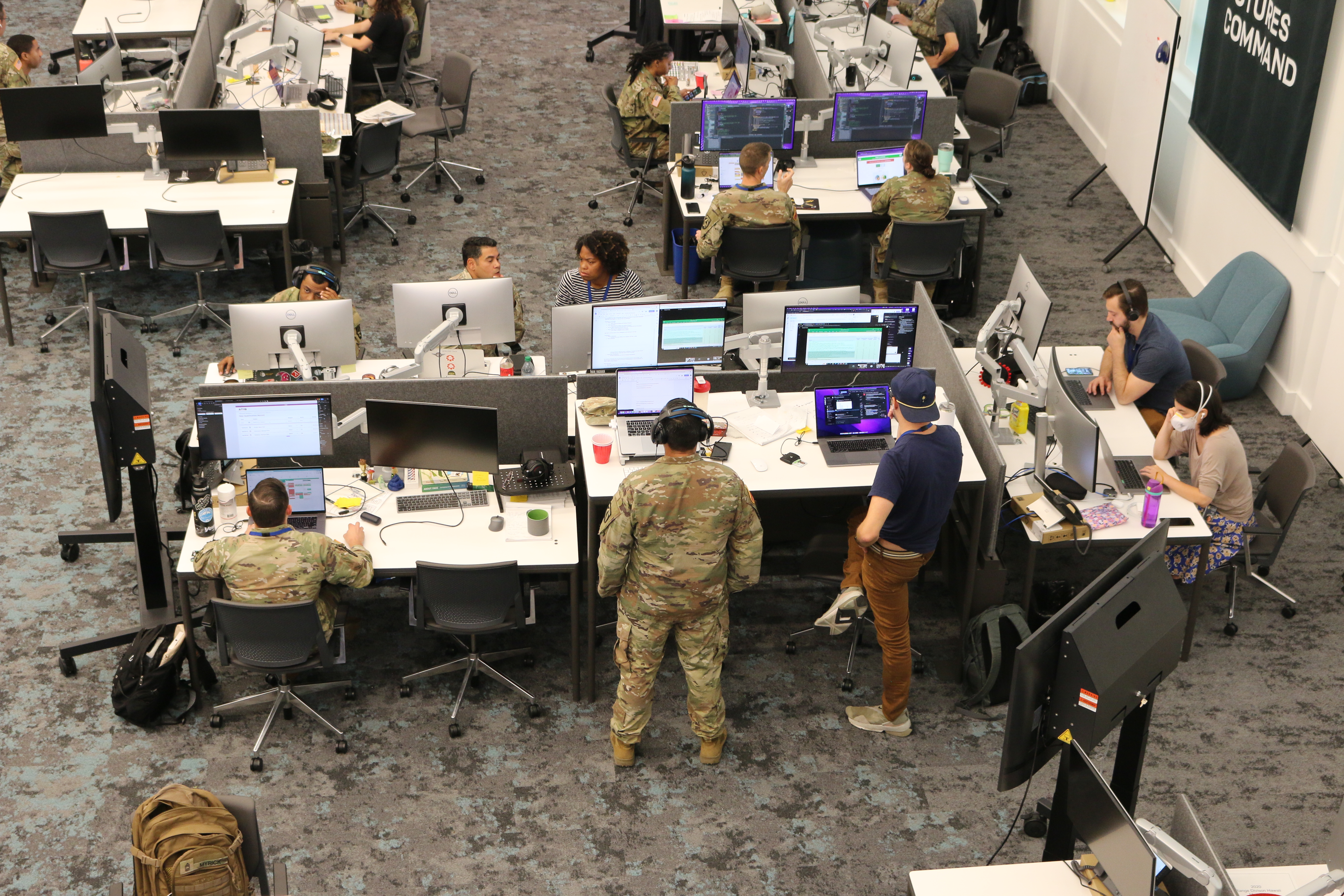
In an age when the crime rate seems to be climbing out of control, it’s no surprise women are attending self-defense classes in record numbers. Self-defense instructors often assume that participants absorb all the information taught in a course, but the unfortunate reality is that many self-defense class participants are receiving something far more frightening than a confrontation with an assailant; they’re getting a false sense of security.
Keeping in mind that the average woman participating in a self-defense course falls between the ages of 30 and 50 and has a minimal physical-fitness background, instructors take on a tremendous amount of responsibility whenever they attempt to teach hand-to-hand combat skills in such a setting.
There is, however, a way to teach a self-defense course that’s effective, as well as fun, simple and realistic. I call this method the Five Point System because of the five areas of instruction that need to be covered.
Overview
Because many self-defense instructors have an extensive martial arts or combat background, they often lose touch with the viewpoint of their students. Instructors must remain aware that most participants are apprehensive about attending the course.
The instructors’ primary goal should be to eliminate the students’ fear by providing them with an easy-to-understand class overview on paper. This should include a class schedule, course format, class-by-class itinerary and workbook. When the participants have been given a clear understanding of what they’ll be taught and have been told what’s expected of them, instructors and students can work together to achieve maximum results.
During the first class, small details can make a big difference. Instructors should provide name tags for the students, allow them to interact with one another and encourage a sense of purpose for them. This is a great time to discuss individual goals. Instructors should be personable and answer any questions participants may have. Women are not there to be impressed by the martial arts, so instructors need to be cautious about being too harsh, too stern or too commanding.
Concepts
Many self-defense courses are ineffective because the material is taught from a technical, rather than conceptual, point of view. Most students can mimic a technique they learn in class, but if they don’t fully understand the reasoning behind it, they’ll have trouble recalling it exactly if they need to use it.
A more effective method involves teaching basic concepts rather than specific techniques. Obviously, at some point participants must learn techniques, but when they understand the reasoning behind a defense, they can create endless counters rather than the few they practice in class.
Instructors can begin by introducing two basic principles. The first is the principle of the centerline. Participants need to understand that speed, power and focus are most easily attained through the use of the centerline theory.
The second principle involves rotation, torque and pivoting. Many women have no idea they can double or triple their striking power through body movement. Good self-defense instructors will take the time to show them how a simple rotation can produce maximum force.
Another vital concept is explosiveness. While martial artists are accustomed to yelling during workouts, most self-defense course participants would rather do almost anything than make those noises in a room full of people. Instructors need to take extra time to explain the necessity of the kihap.
Lastly, students need to understand the relationship between their breathing pattern and state of mind. They should practice slow, controlled breathing that will help them stay calm and, therefore, remain more effective in making rational decisions.
Targets
By the third class, participants should have a clear understanding of breathing patterns, body mechanics and explosiveness. It’s now appropriate to begin teaching the physical aspects of self-defense.
Before instructors begin reviewing techniques with the class, though, they need to point out the most effective targets on the body. A good teaching aid during this section of the program would be a page in the course manual illustrating the most effective targets on an attacker.
Techniques
Teaching combative techniques can present the greatest challenge for instructors. To surmount this, a few rules should be followed to ensure students aren’t learning ineffective skills.
The first rule is to keep techniques simple and to the point. The second is to use realistic techniques so the participants don’t develop a false sense of security.
One of the greatest errors for instructors is making the material overly complicated. Many teachers want to show the most impressive techniques of their art rather than the most effective ones. Effective techniques have one word attached to them: basic.
Some of the most devastating strikes are by far the easiest to do. Examples include the palm strike, fingertip strike, knuckle strike, knee thrust to the groin and elbow to the chin. Women attending a self-defense course need to learn that a simple movement, such as a kick to the shin, can produce blinding pain for an attacker. Participants need to be constantly reminded that their goal will never be to stay and fight an attacker but to divert his attention and get away.
Just as some techniques are appropriate for self-defense courses, others should be avoided. Techniques involving multiple strikes should be discarded. Before instructors teach a multiple-strike series for use in defense, it’s important to remember the emotional circumstances involved in a confrontation. Quite often there’s the element of surprise, and there definitely will be paralyzing fear and loads of anxiety. It’s dangerous to assume that a person with limited self-defense training can fend off an attack; it’s ridiculous to assume that under all that pressure the person can execute multiple strikes in a specific order. It just won’t happen.
When teaching a short-term self-defense course, certain techniques should never be taught, including kicks to the head, wrist locks, armbars, throws and sweeps. Again, while students may be able to perform these moves in a controlled environment, their chances of succeeding under pressure are slim. Instructors need to remember that teaching impressive techniques may be appealing in the classroom, but it could cost students their life in a real confrontation.
Tips
Assuming that a self-defense course consists of eight classes, instructors can use the last class to review the many steps people should take to reduce their chances of having to use their physical skills. They include parking in a well-lit area, walking with confidence and being assertive. It’s unlikely any of these tips will be new to the participants. However, repetition is the key to learning and success.
At the completion of the course, award certificates to the participants. The women who attend will be grateful for the acknowledgment of their effort, and the fact that they received a certificate will reinforce the importance of the material they’ve learned.
The methods for teaching dynamic self-defense are the same as for virtually any endeavor: Instructors need to be professional, organized, personable and, above all, patient. Self-defense is the study of reality, and the reality of teaching self-defense is simple: Less is best.
About the Author: Kelly Muir has been involved in the martial arts as a practitioner and instructor for more than 30 years. In 2012, she was inducted into the Black Belt Hall of Fame as Woman of the Year.
Domestic violence, Womens self defense
Black Belt Magazine
[crypto-donation-box type=”tabular” show-coin=”all”]





